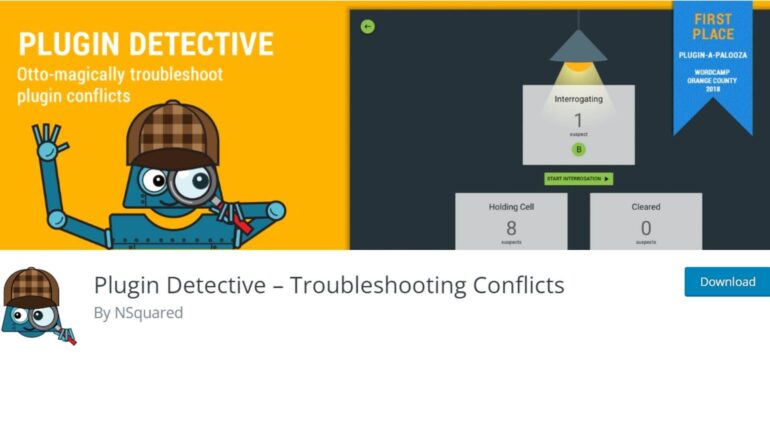Ensuring Plugin and Theme Compatibility: A Comprehensive Guide
Maintaining a WordPress website involves incorporating various plugins and themes to enhance functionality and design. However, using incompatible or outdated plugins and themes can lead to conflicts, errors, and even security vulnerabilities. Ensuring plugin and theme compatibility is crucial to maintaining a stable and secure WordPress site. In this comprehensive guide, we’ll explore various strategies to guarantee the seamless integration of plugins and themes, allowing you to optimize your website’s performance while minimizing potential risks.
1. Regularly Update Plugins and Themes to Their Latest Versions
One of the primary reasons for plugin and theme conflicts is using outdated versions. Developers release updates to improve features, fix bugs, and enhance compatibility with the latest WordPress core. To ensure plugin and theme compatibility, regularly check for updates in your WordPress dashboard and apply them promptly.
- Updating Plugins: Go to “Plugins” in the WordPress admin area. If any of your plugins have available updates, you’ll see notification badges. Select “Update Now” for each plugin, or you can update all at once by clicking “Update Available” at the top of the page.
- Updating Themes: Navigate to “Appearance” -> “Themes” and click the “Update Now” button next to the theme that has an available update.
2. Check Plugin and Theme Documentation for Compatibility Information
Before installing a new plugin or theme, it’s essential to review the documentation provided by the developer. Reputable developers often include information about compatibility with different versions of WordPress and other popular plugins. Look for details on supported versions and any known conflicts with other plugins or themes.
- Developer’s Website: Visit the official website or repository page of the plugin or theme to find comprehensive documentation and compatibility details.
- User Reviews: Check user reviews and ratings to see if others have reported any compatibility issues. If a plugin or theme has many positive reviews and high ratings, it’s generally a good sign of better compatibility.
3. Test New Plugins/Themes in a Staging Environment
A staging environment is a replica of your live website, allowing you to test changes, new plugins, or themes without affecting the live site. By testing in a staging environment, you can identify and resolve compatibility issues before they impact your site’s performance.

- Creating a Staging Environment: Many hosting providers offer one-click staging site creation. If not, consider using a staging plugin like “WP Staging” or “Duplicator” to duplicate your site to a staging subdomain or subdirectory.
- Testing Process: In the staging environment, install and activate the new plugin or theme. Test its functionality thoroughly, including any interactions with other plugins and themes. If everything works as expected, you can confidently implement the changes on the live site.
4. Use Well-Supported and Reputable Plugins/Themes from Trusted Sources
Selecting reliable plugins and themes is critical to maintaining compatibility and security. Opt for well-established plugins/themes from reputable developers or trusted sources. Avoid using plugins/themes from unknown or unverified sources, as they may lack proper support, updates, and compatibility checks.
- WordPress Repository: For plugins and themes, use the official WordPress repository (https://wordpress.org/plugins/ and https://wordpress.org/themes/), as these items go through a review process for quality and security.
- Author/Developer Information: Check the plugin or theme developer’s information, ratings, and reviews. Developers with a strong track record of producing high-quality products are more likely to maintain compatibility and offer reliable support.
Conclusion
Ensuring plugin and theme compatibility is essential to maintaining a smooth and secure WordPress website. By following the strategies outlined in this comprehensive guide, you can reduce the risk of conflicts, errors, and security vulnerabilities caused by incompatible or outdated plugins and themes. Regularly update your plugins and themes, review documentation for compatibility information, test new additions in a staging environment, and rely on reputable sources for plugins and themes. With a proactive approach, you can create a reliable and high-performing WordPress site that provides an excellent user experience for your visitors. Remember that a well-maintained website not only improves user satisfaction but also helps in SEO rankings and the long-term sustainability of your online presence.
